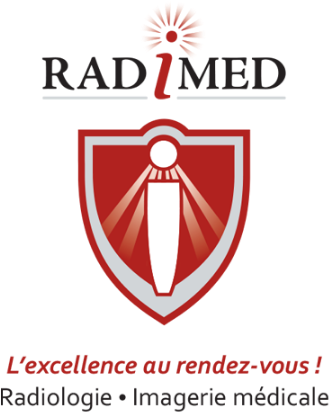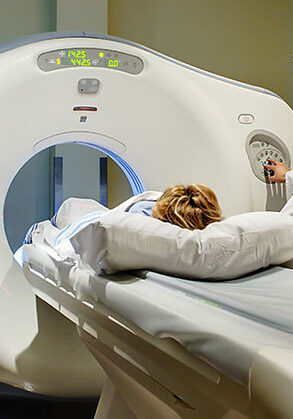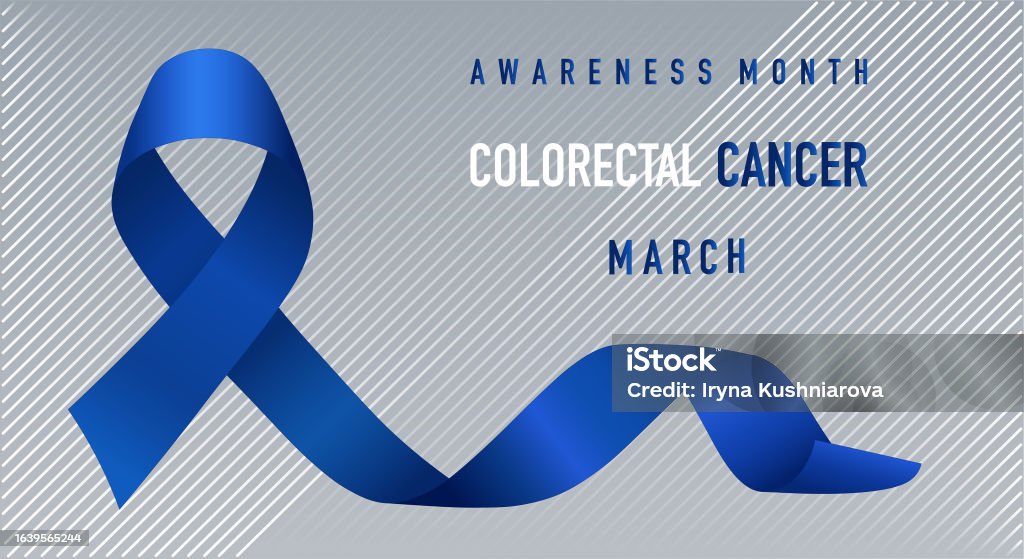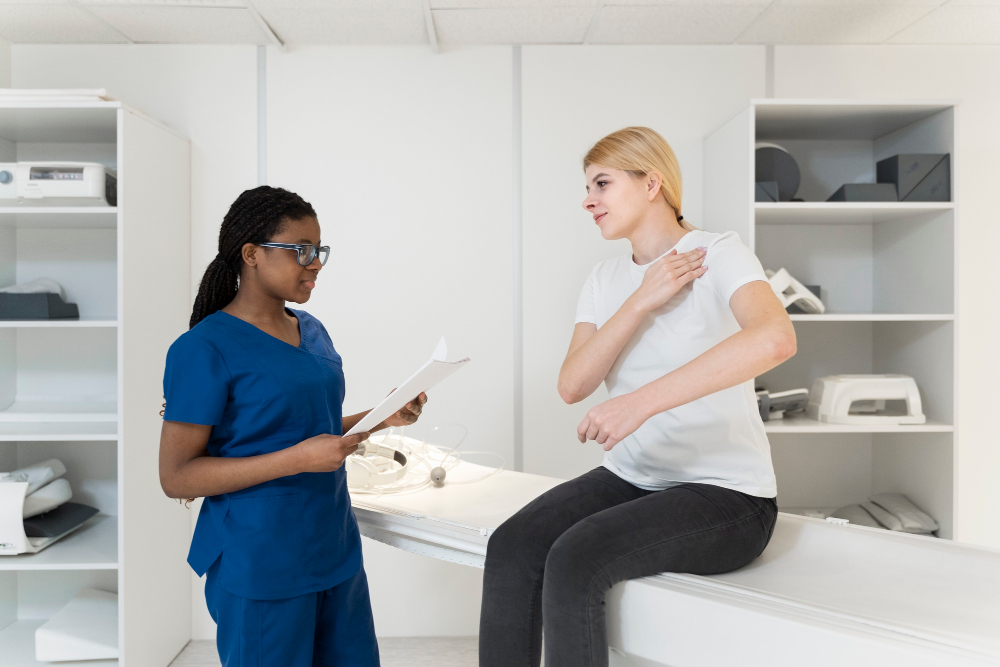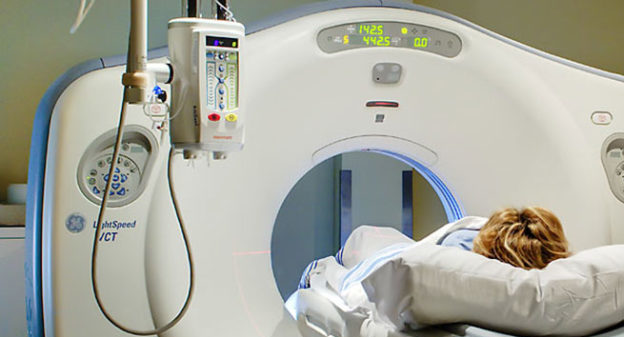Computed tomography: An essential tool for understanding lung cancer screening
Lung Cancer: A Complex Disease with Profound Consequences
Lung cancer, a form of cancer that develops in lung tissues, is one of the most serious and common health conditions worldwide. There are two main types of lung cancer: small cell lung cancer (SCLC) and non-small cell lung cancer (NSCLC). It’s important to note that while smoking is the leading cause of lung cancer, other environmental factors such as exposure to asbestos, air pollutants, secondhand smoke, and certain chemicals can also contribute to the risk of developing the disease.
Symptoms and Screening Methods Symptoms of lung cancer
The symptoms of lung cancer vary depending on the stage of the disease but can include persistent cough, shortness of breath, chest pain, unintended weight loss, and extreme fatigue. Early diagnosis is essential to improve the chances of successful treatment. Screening methods include chest X-rays, computed tomography (CT scan), and biopsy, which allow doctors to determine the type and stage of cancer.
What Is Computed Tomography (CT) and How Does It Work?
Computed tomography, also known as CT scan or simply “scanner,” is an advanced medical imaging technique used to visualize the interior of the human body using X-rays and a computer to create detailed cross-sectional images. This technique has revolutionized medical diagnosis by providing clearer and more informative images than conventional X-rays.
Here’s how a CT scan works:
- X-ray Source: A tube emits X-rays through the part of the body being examined.
- Detectors: On the other side of the body, detectors measure the quantity of X-rays passing through tissues.
- Rotation: The X-ray tube and detectors rotate around the body part being examined, usually in a series of rapid rotations.
- Computer: Data collected by detectors is sent to a computer, which uses it to create cross-sectional images, known as “slices.” These images are extremely detailed and allow doctors to visualize internal body structures like bones, organs, blood vessels, and soft tissues.
- Reconstruction: Raw data collected is processed by the computer to produce 2D or 3D images of different body sections.
How Is CT Used in Lung Cancer Screening, Diagnosis, Staging, and Monitoring?
CT scanning plays a crucial role in lung cancer screening, diagnosis, staging, and monitoring. As an advanced medical imaging technique, it provides detailed images of lung tissues, allowing doctors to detect and characterize suspicious lesions associated with lung cancer.
Why Early Screening Is Essential
Early screening for lung cancer is crucial to improve survival rates and chances of cure. CT scans play a key role in this mission as they can detect abnormalities long before symptoms appear. Tumors are more likely to be successfully treated when identified at an early stage, making CT scans a valuable tool in saving lives.
For Accurate Diagnosis
When a lesion is detected, a CT scan can help determine whether it is cancerous or not. The characteristics of the lesion, such as size, shape, and density, can provide clues about its nature. However, a biopsy is often necessary to confirm the diagnosis.
For Staging
Once a lung cancer diagnosis is confirmed, CT scans are used to determine the extent of the disease, known as staging. This involves evaluating whether cancer has spread to lymph nodes or other parts of the body. Staging is essential for developing an appropriate treatment plan.
Monitoring and Follow-Up
After diagnosis and treatment, CT scans are used to monitor treatment response and detect any recurrence or progression of the disease. Regular scans allow doctors to track changes in the size and appearance of tumors.
How Can CT Scanning Mitigate Risks Associated with the Disease?
Using CT scans for lung cancer screening can help reduce the risks associated with the disease. By identifying cancerous lesions at an early stage, doctors can develop more targeted and less invasive treatment plans. This can avoid the need for more radical surgical interventions and help patients maintain their quality of life.
Saving Lives with CT Scan
In conclusion, computed tomography (CT scan) has proven to be an essential tool for early screening and management of lung cancer. Its power of early detection, accuracy, and ability to provide detailed images contribute to saving lives by enabling prompt and effective intervention. For individuals at risk, such as smokers and those exposed to environmental factors, regular CT scan screening can play a vital role in the fight against this formidable disease.
Apart from cancer, what are the most common diseases for which CT scans are used to detect?
- Cardiovascular Diseases: It is used to visualize coronary arteries and screen for cardiovascular conditions such as atherosclerosis, aneurysms, and pulmonary embolisms.
- Trauma: CT scans are often used in cases of head trauma, bone fractures, internal injuries, bleeding, or abdominal injuries.
- Pulmonary Diseases: Besides lung cancer, it is used to diagnose pulmonary diseases like pneumonia, chronic obstructive pulmonary disease (COPD), and pulmonary embolisms.
- Gastrointestinal Diseases: CT scans are useful for detecting conditions like diverticulitis, colitis, Crohn’s disease, intestinal obstructions, and intestinal tumors.
- Kidney Diseases: It is used to identify kidney stones, cysts, tumors, and other kidney problems.
- Liver Diseases: CT scans can aid in diagnosing liver conditions such as cirrhosis, hepatitis, cysts, and tumors.
- Central Nervous System Disorders: CT scans are used to visualize the brain and spinal cord to diagnose strokes, brain tumors, neurodegenerative diseases, and other conditions.
- Abdominal and Pelvic Infections: They can help identify infections within the abdominal or pelvic cavity, such as appendicitis, abscesses, or peritonitis.
- Preoperative Assessment: CT scans are used to plan surgical interventions, especially in the case of complex tumors or abnormalities.
- Bone and Joint Disorders: They are employed to diagnose bone issues like arthritis, osteoporosis, and fractures not detectable by conventional X-rays.
- Various Other Conditions: CT scans can also be used to detect conditions like gallstones, hernias, dental infections, thyroid conditions, and many others.
In summary, CT scanning is an extremely versatile medical imaging technique that can be used to diagnose a wide range of diseases and medical conditions, making it a valuable tool for healthcare professionals.
To have a CT scan, it is essential to consult your doctor first so they can assess the relevance of the exam based on your health condition. If your doctor recommends a CT scan, feel free to contact us or make an appointment through this website by clicking on the following link https://radimed.ca/en/services/computed-tomography-ct-scan/

